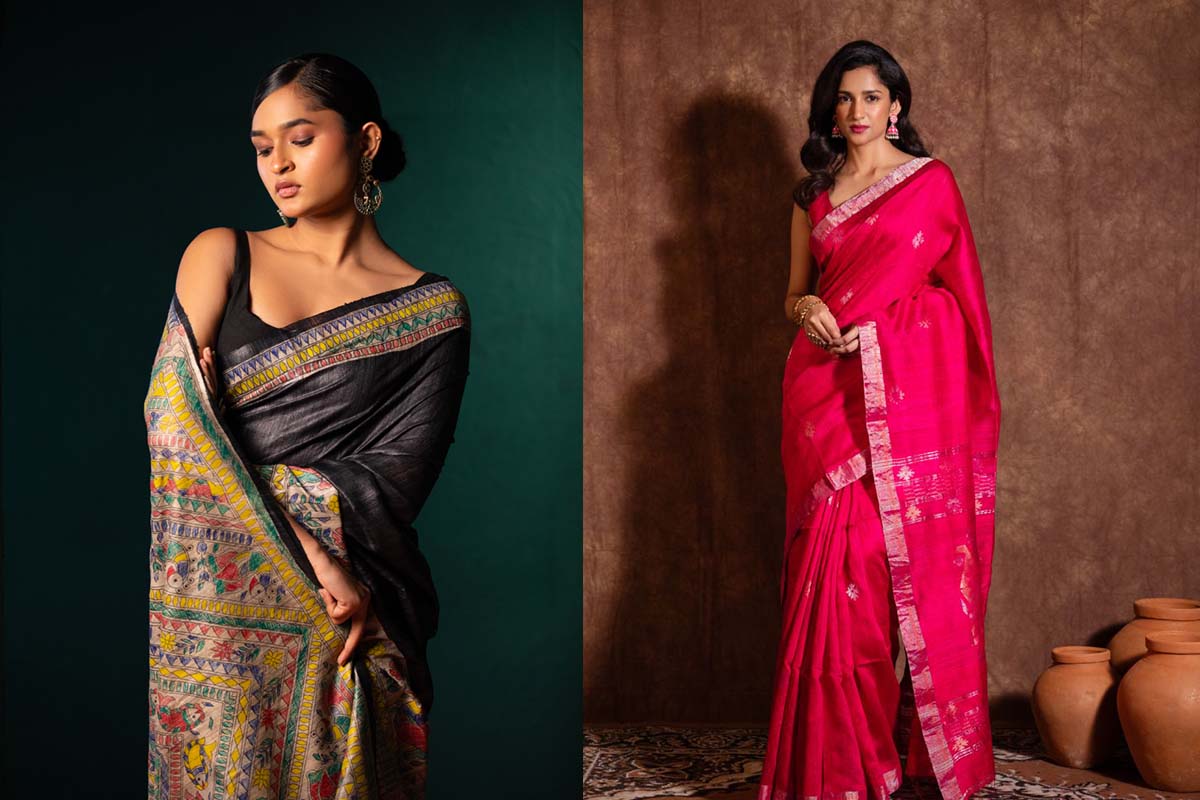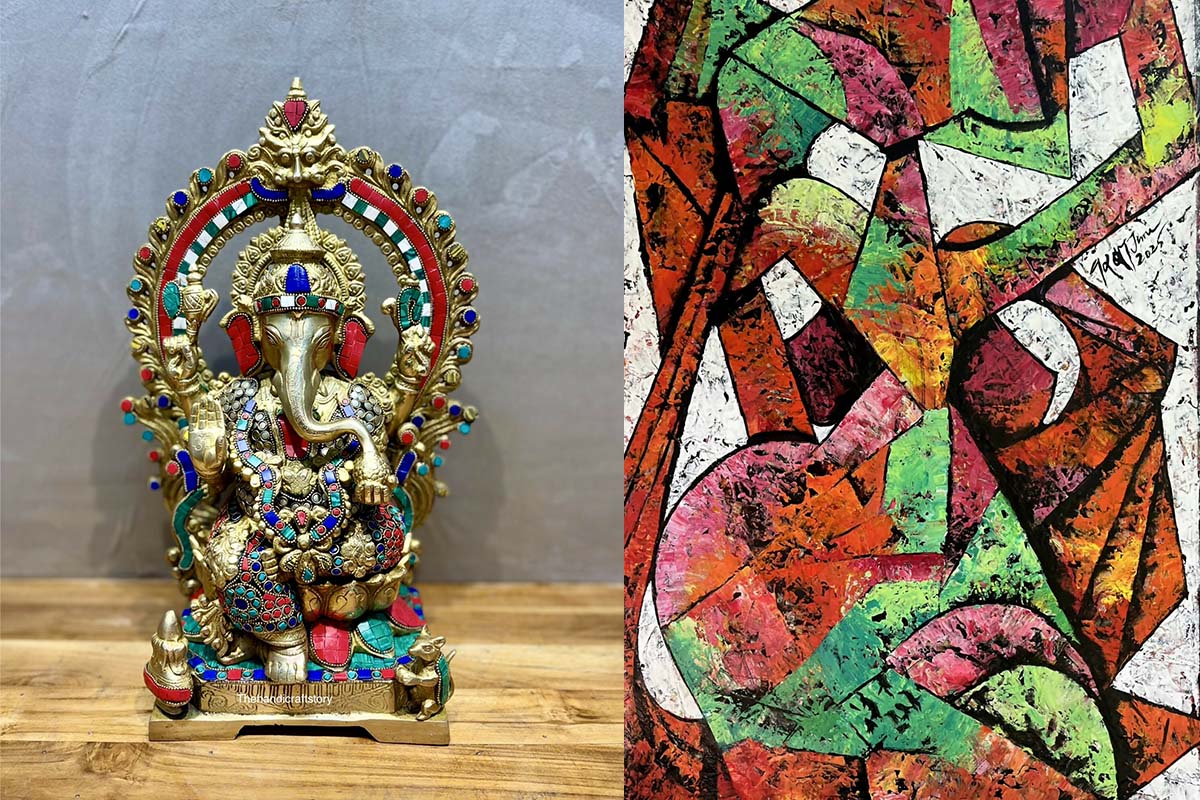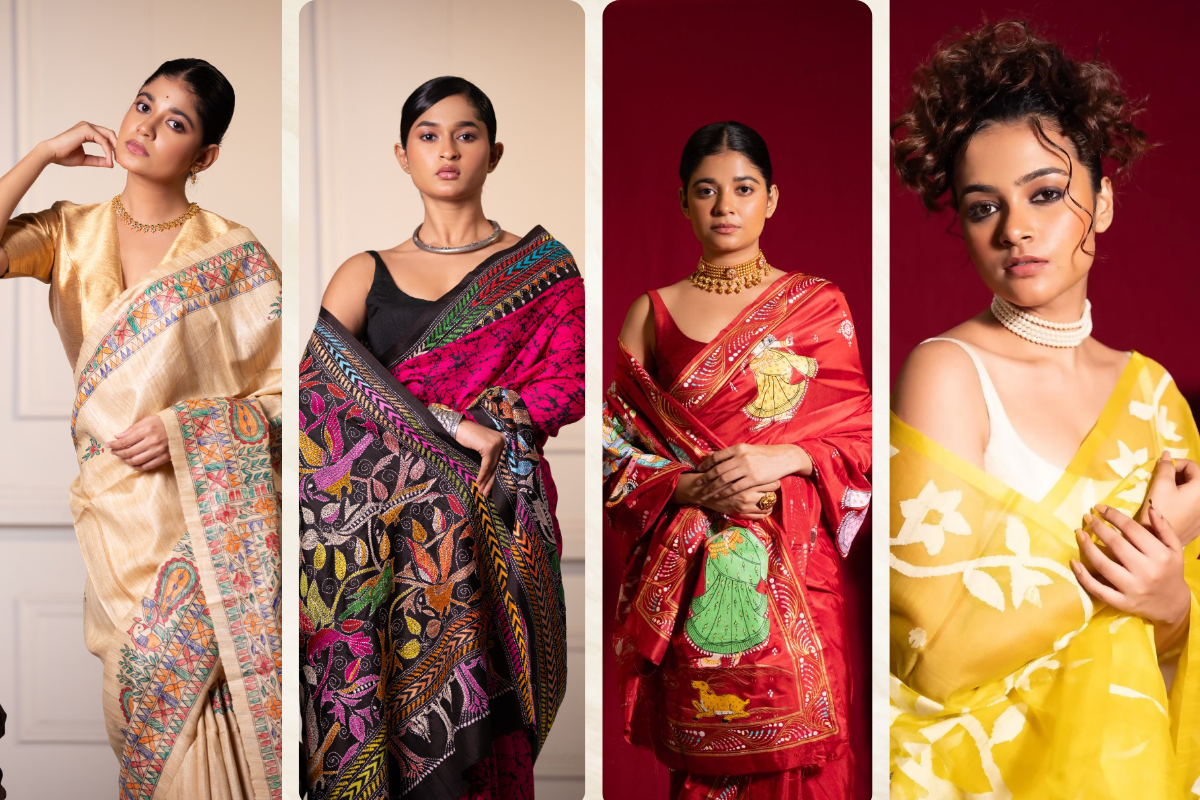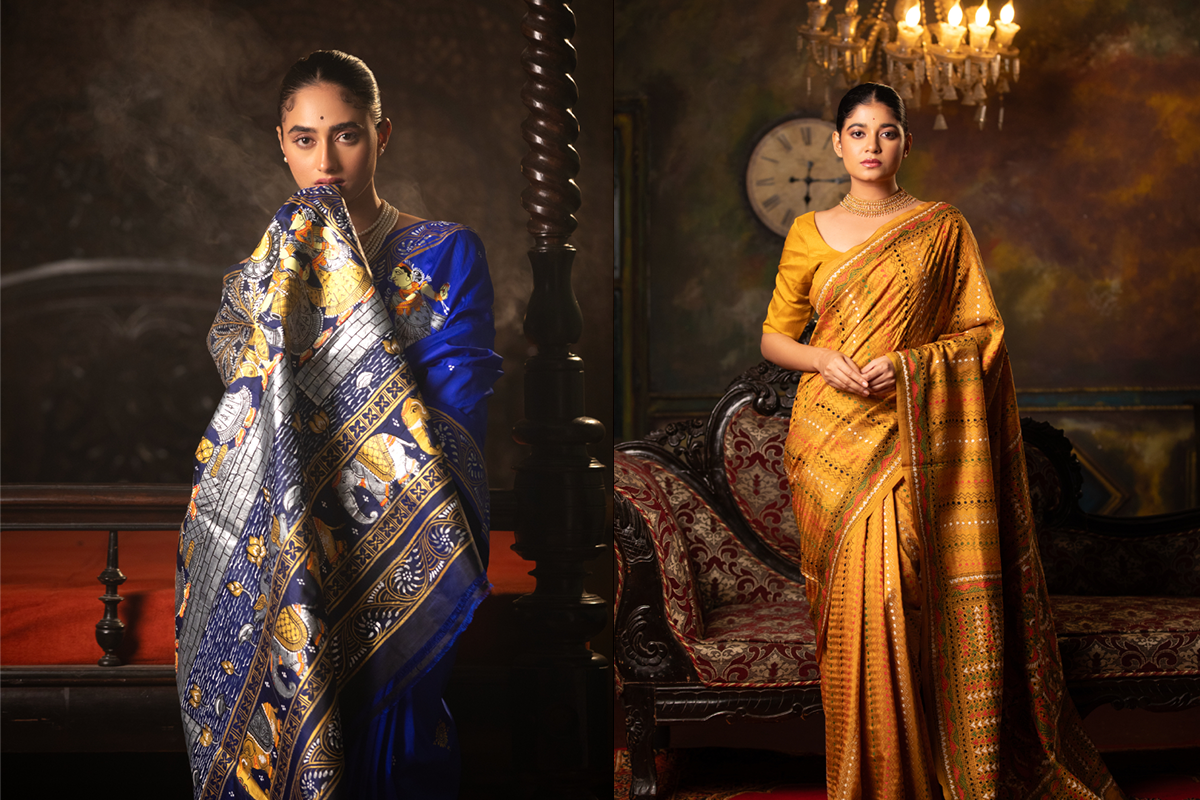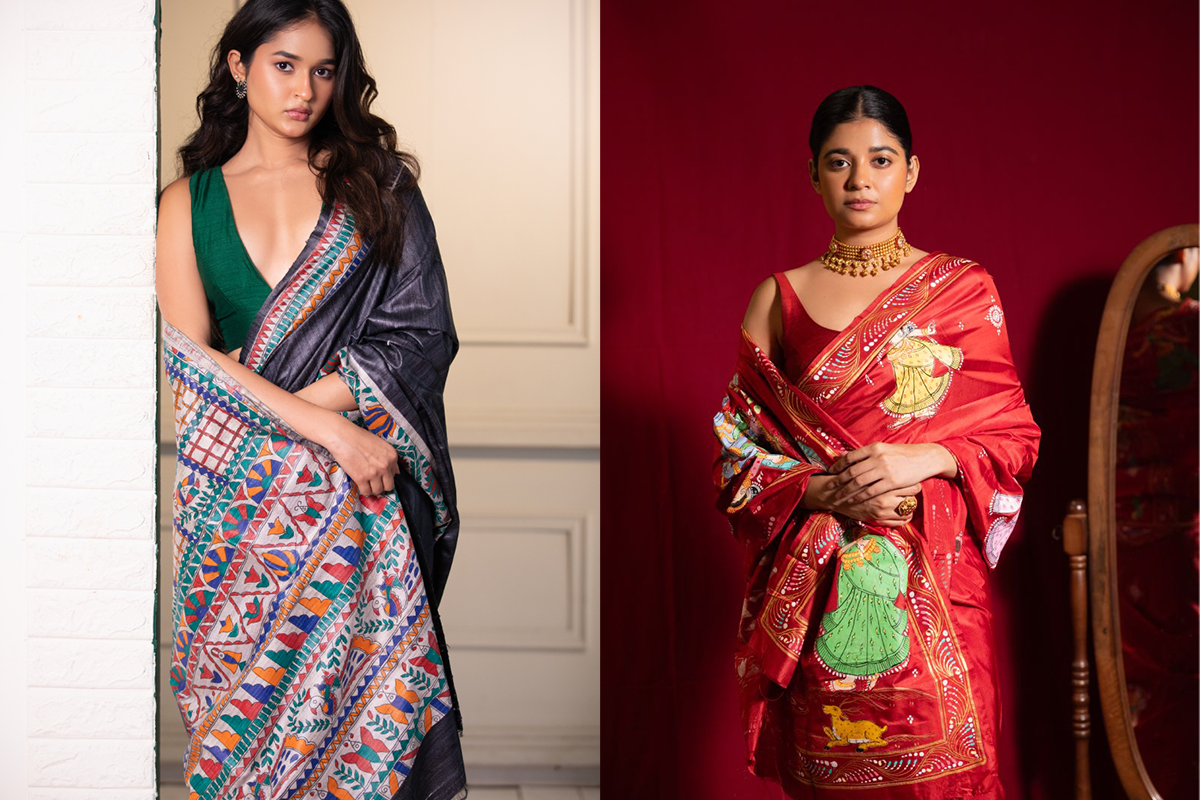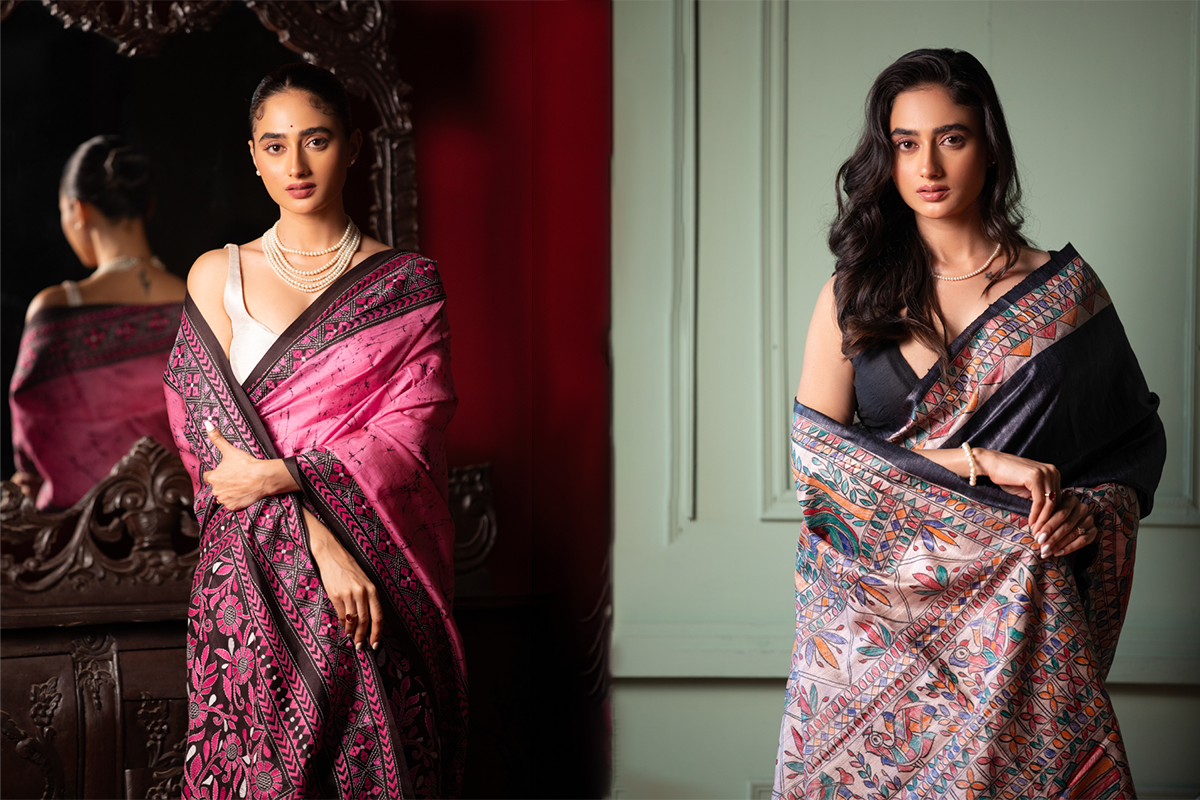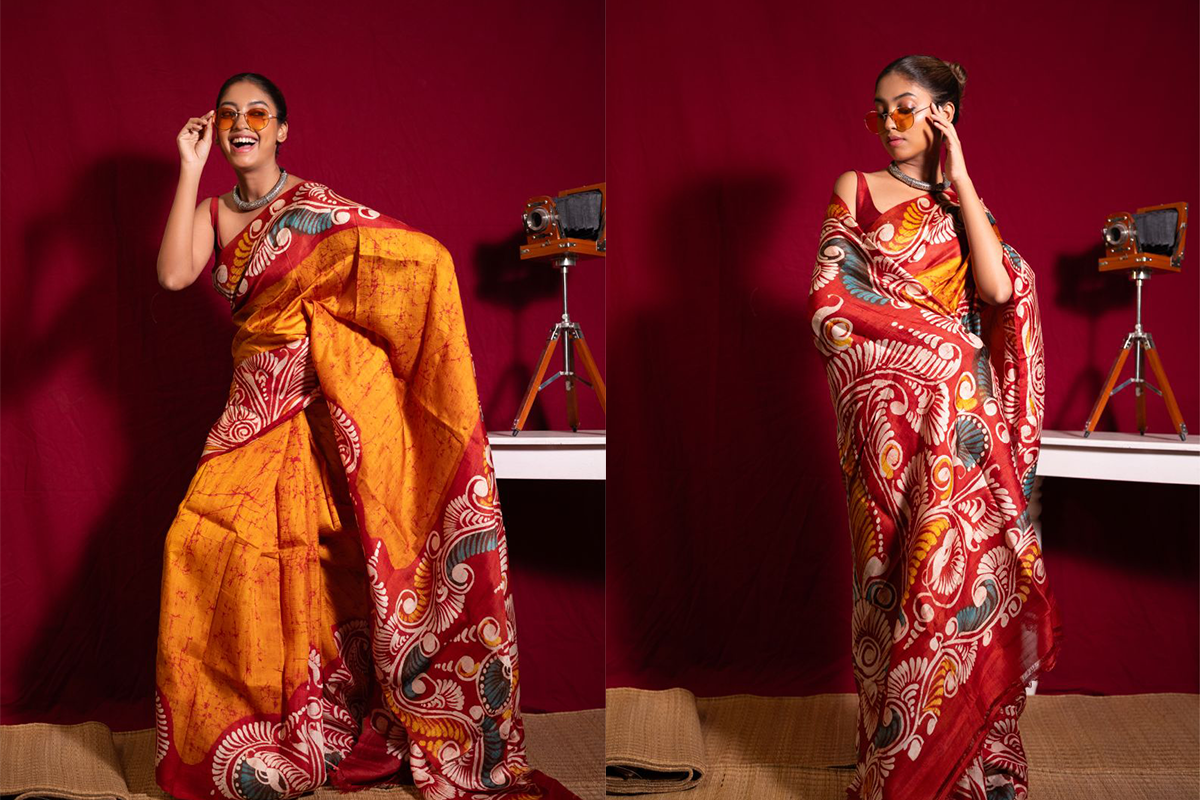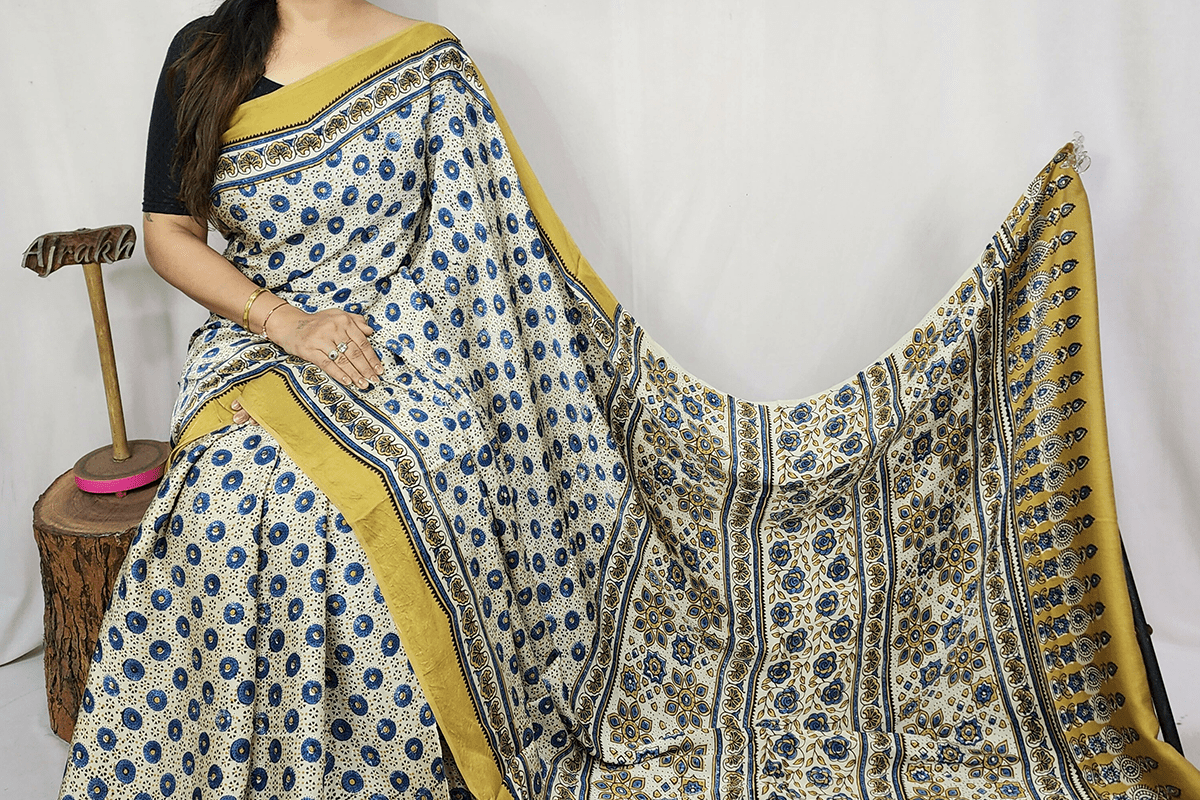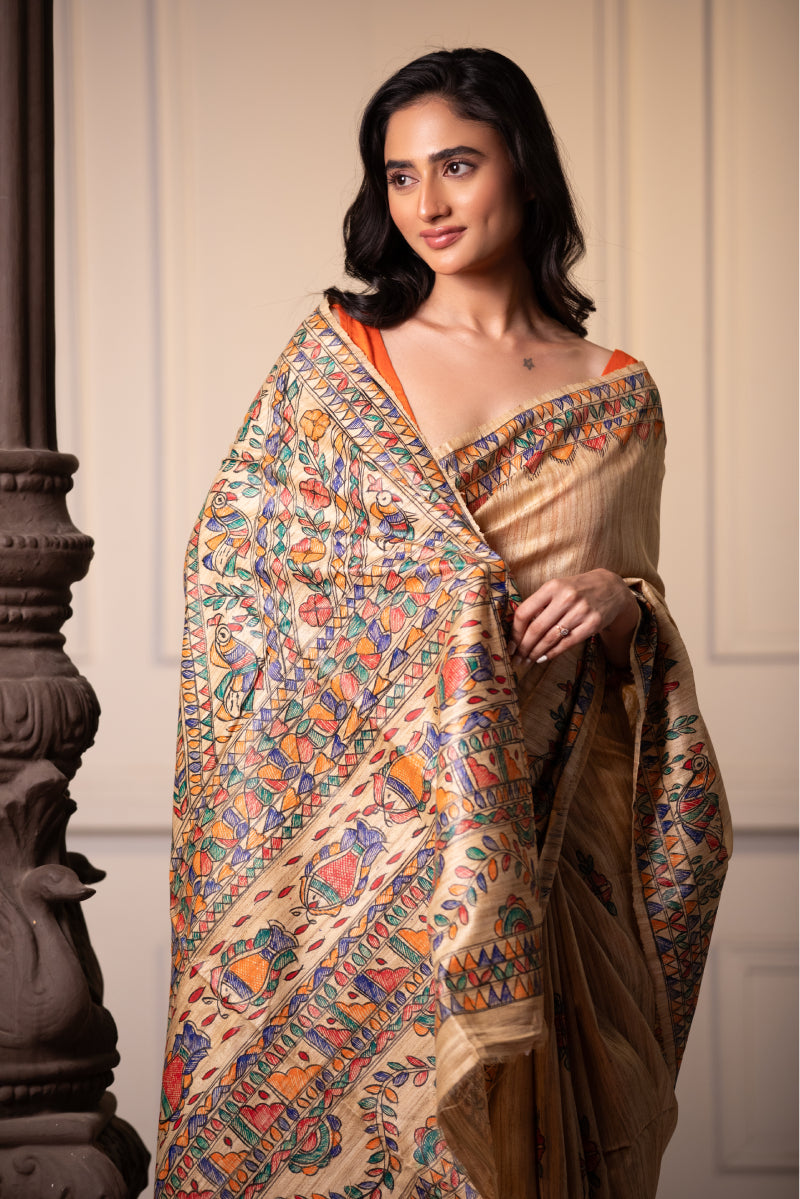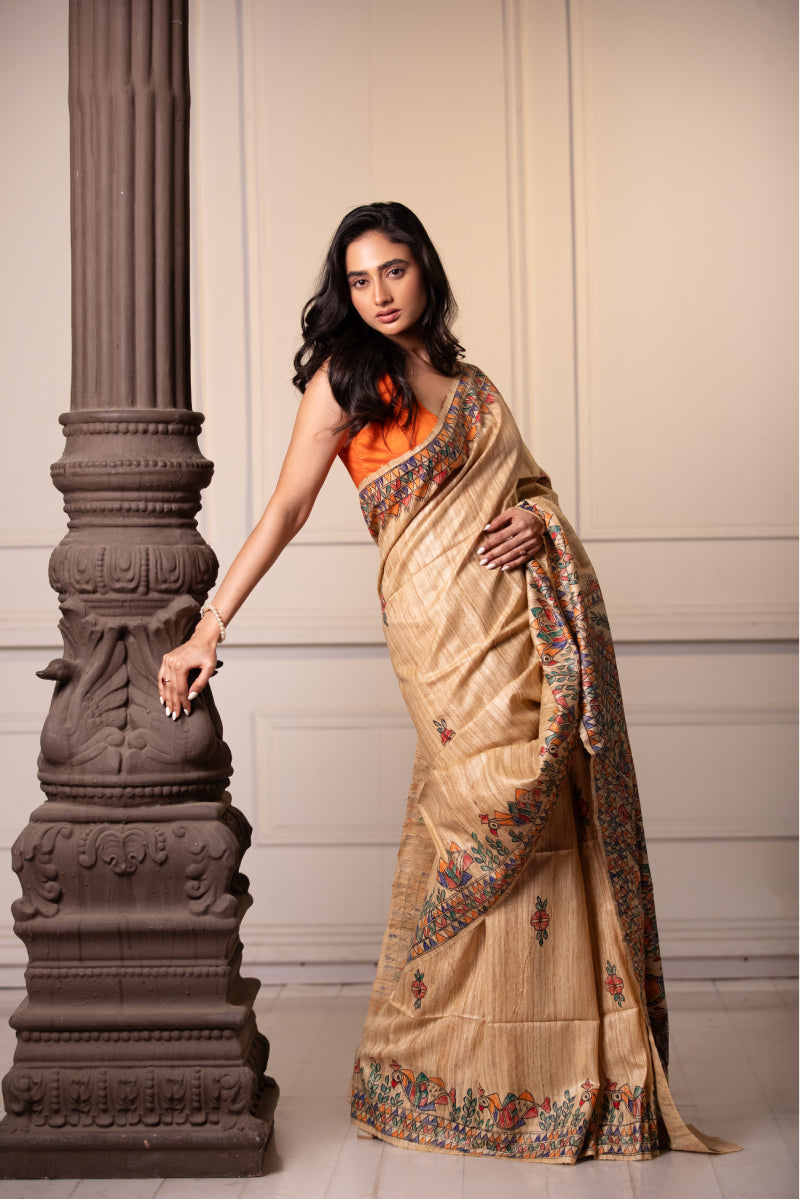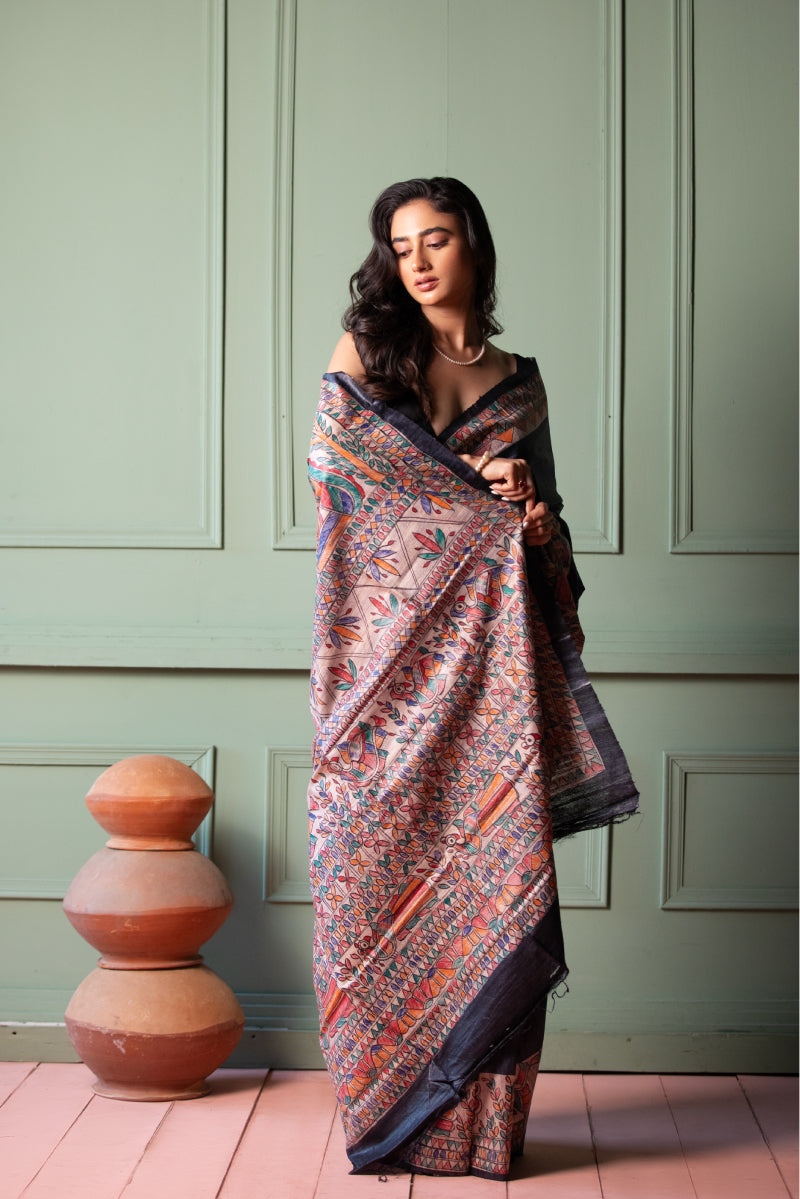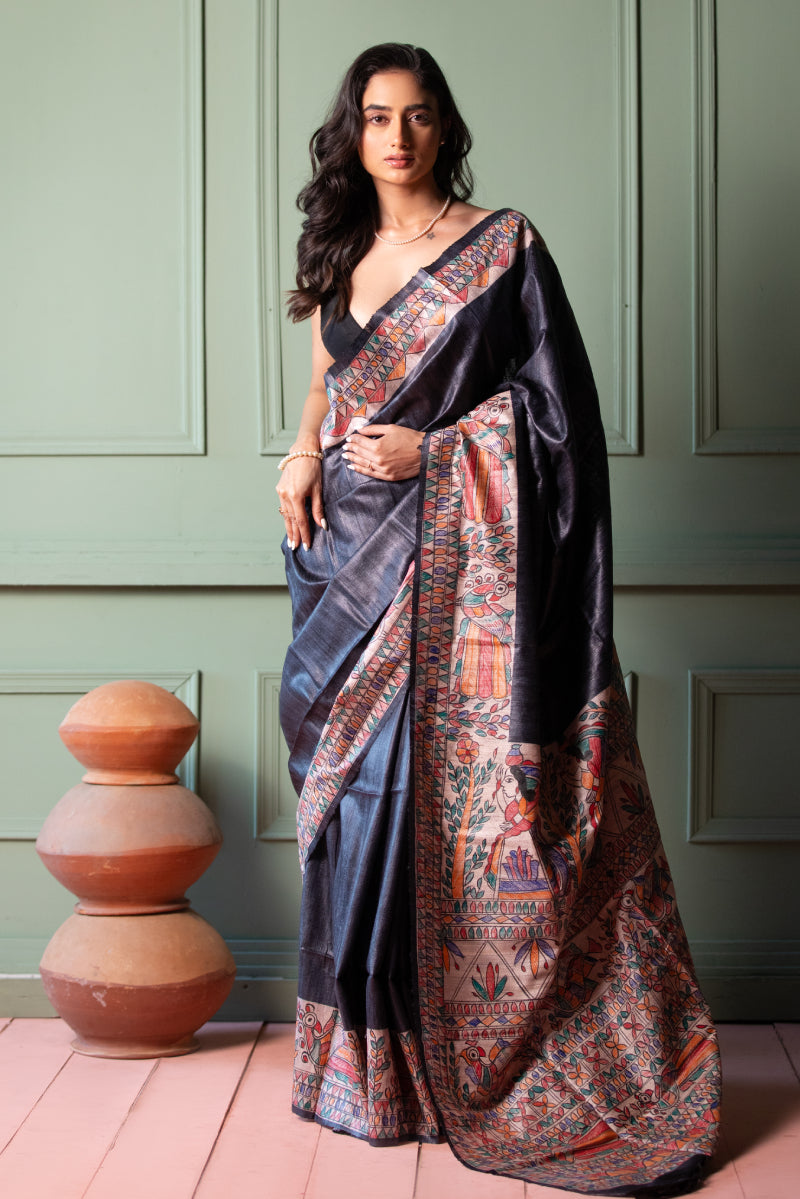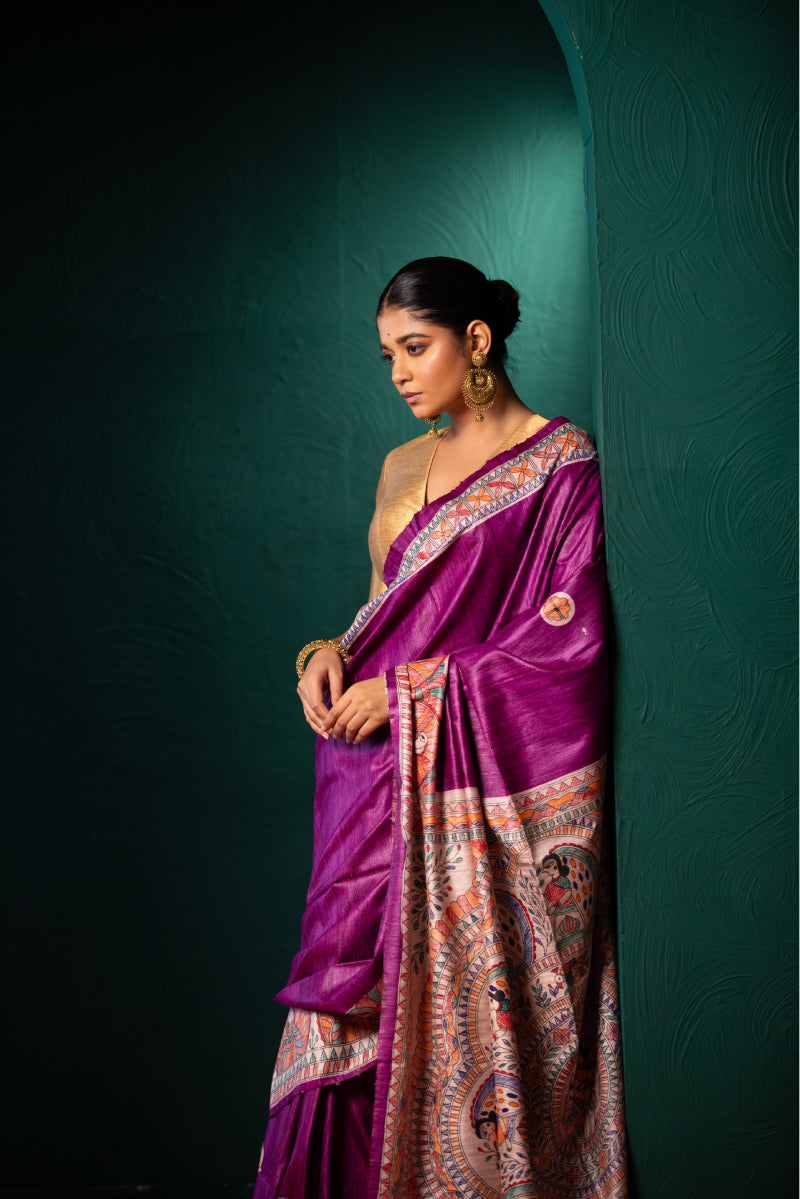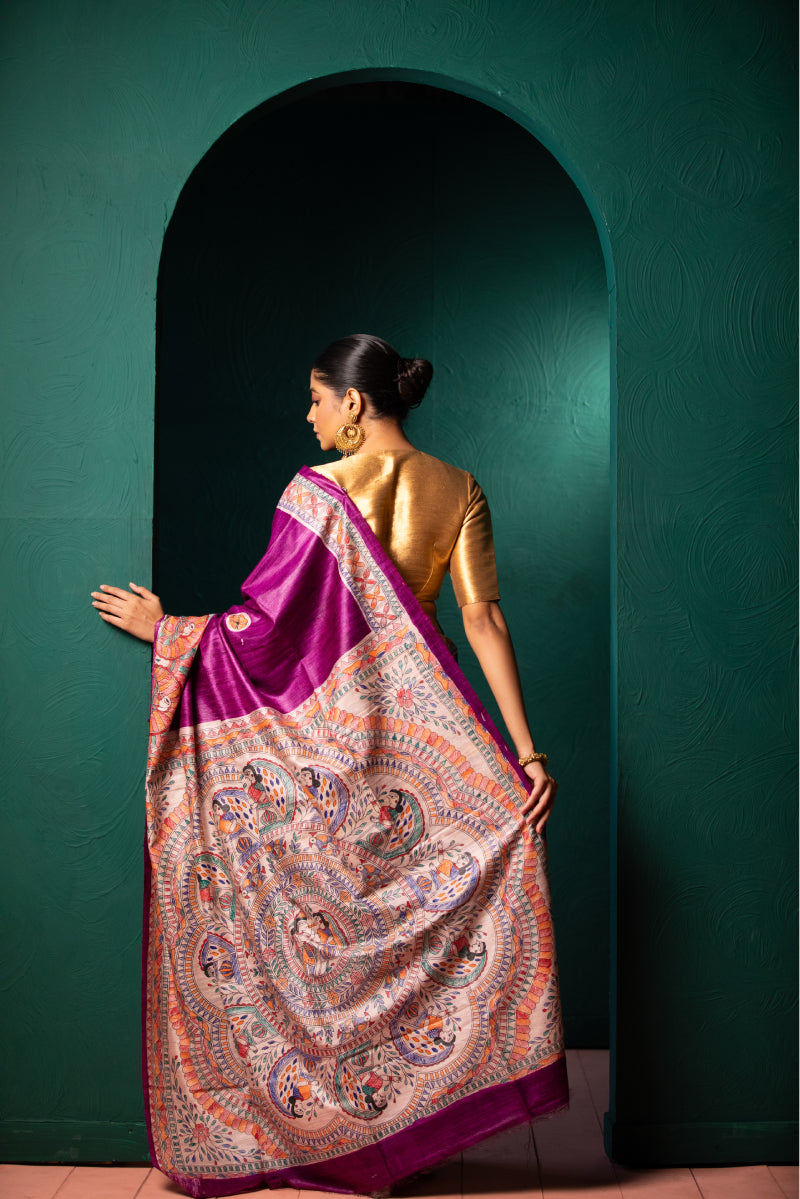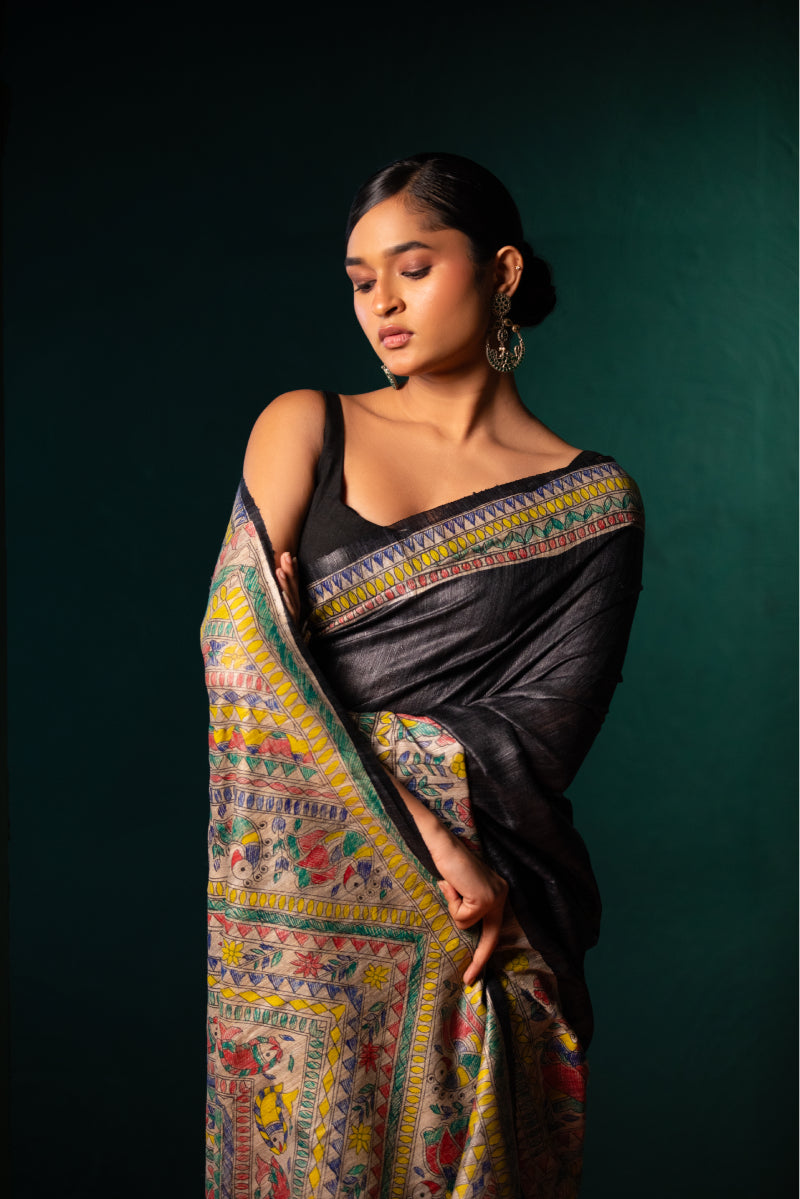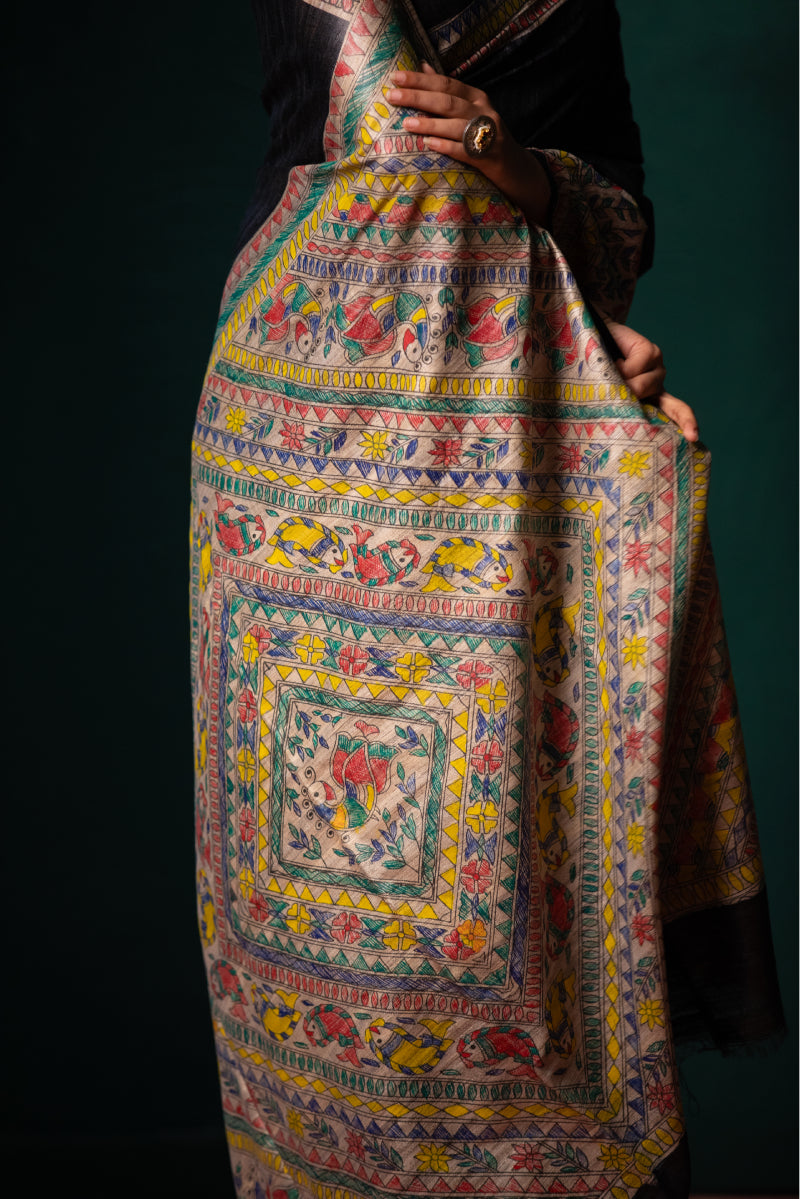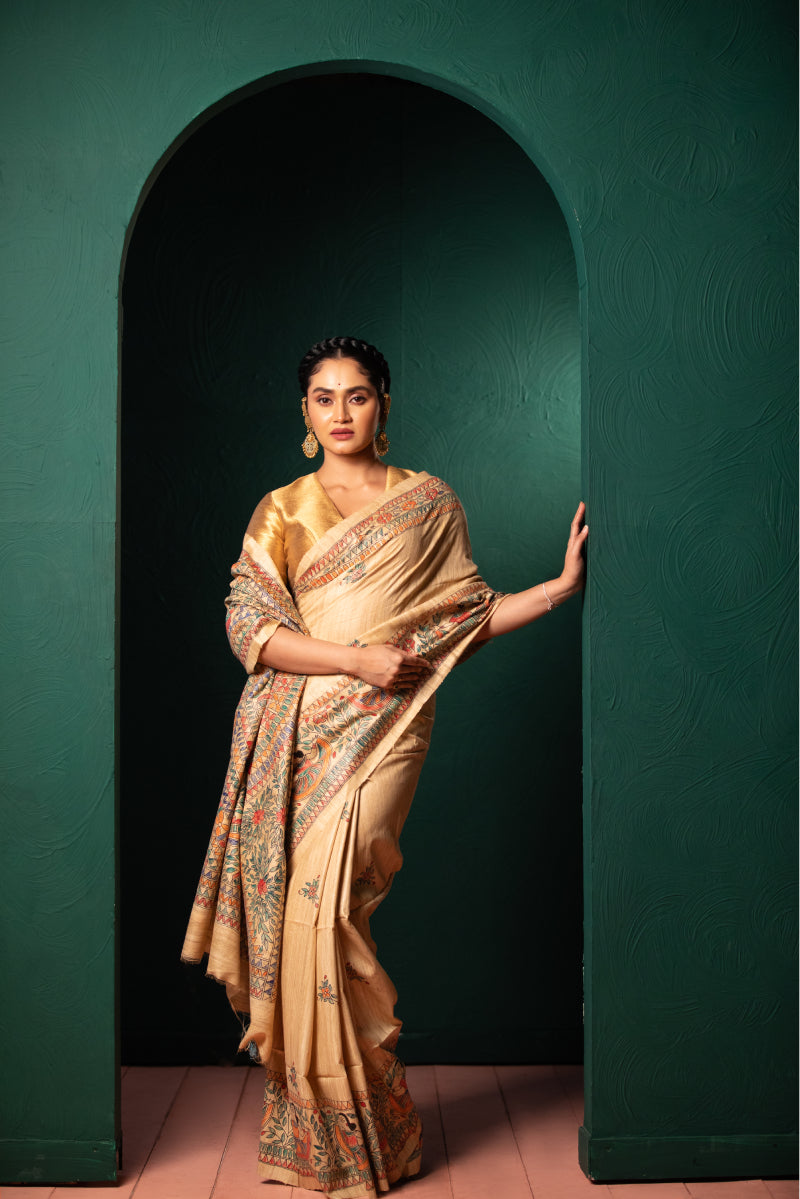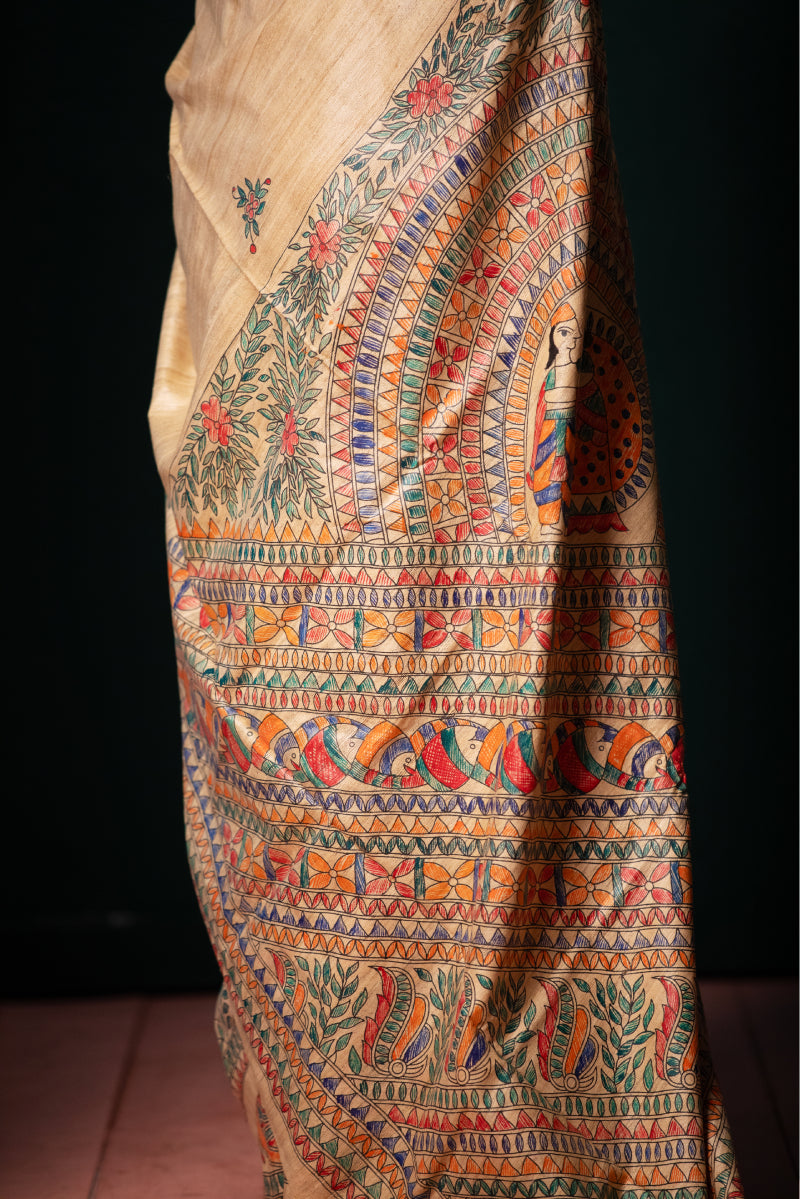How to Spot Genuine Handloom Fabrics from Clever Imitations
While the world leans toward convenience and speed, handcrafted and handloom fabrics continue to tell stories woven over generations.Yet as demand for these treasures grows, so does the market for convincing replicas that mimic their appearance but lack their soul and sustainability. Whether you're a textile enthusiast taking your first steps into the world of handcrafted fabrics or a conscious shopper wanting to make ethical choices, knowing how to distinguish authentic pieces from clever imitations is an essential skill.
The true value of handloom fabrics extends far beyond their aesthetic appeal—they represent cultural heritage, sustainable practices, and the livelihood of skilled artisans. In this comprehensive guide, we'll explore the telltale signs of authentic handcrafted textiles, from their beautiful imperfections to their distinct textures and official certifications. By the end, you'll have the knowledge to shop confidently and contribute to preserving these timeless crafts for generations to come.

The Beauty of Imperfection: Hallmarks of Genuine Handwoven Textiles
The most charming aspect of handloom fabrics is their inherent "imperfection"—though artisans would rightfully call these characteristics unique signatures of handcraftsmanship. When examining a fabric:
- Look for subtle irregularities in the weave pattern that reveal the human touch behind its creation
- Notice small thread shifts or slight variations in tension that occur naturally during hand-weaving
- Appreciate the gentle asymmetries in repeated motifs—no two elements will be exactly identical
Machine-made replicas strive for flawless uniformity, making their perfection ironically their biggest giveaway. True handwoven pieces tell a story through their charming irregularities, with each "imperfection" actually being evidence of authenticity.
Flip It Over: What the Reverse Side Reveals
One of the most reliable methods for identifying authentic handloom textiles is examining the reverse side of the fabric. This simple test often reveals the truth that marketing claims might obscure:
- Genuine handloom fabrics show loose threads, uneven motifs, or slight weaving trails on the reverse
- In hand-block printed textiles, look for slight color bleeding or impressions from manual stamping
- Machine-made or powerloom fabrics typically have a perfectly uniform back with minimal variation
This difference is particularly noticeable in patterned or embroidered pieces—while the front may appear similar between handmade and machine-made versions, the back tells the true story of how the fabric was created.
The Sensory Experience: Feel the Difference
Beyond visual inspection, your sense of touch is a powerful tool for authenticating handcrafted textiles. Authentic handloom fabrics offer a distinctive sensory experience:
- They feel simultaneously soft yet substantial, with a weight and drape that mass-produced fabrics rarely achieve
- Natural fibers like cotton, silk, tussar, or linen create a breathable, comfortable feel against the skin
- Hand-spun yarns create subtle texture variations you can feel when running your fingers across the fabric
Machine-made replicas often use synthetic blends or processed fibers that might mimic the appearance but fall short in texture and comfort. The richness and depth of genuine handloom fabrics create a sensory experience that machines simply cannot duplicate.
The Value Equation: Understanding Pricing
The price point of a textile often reveals much about its authenticity. Creating genuine handwoven fabrics involves considerable time, skill, and labor:
- A single handwoven sari might require anywhere from three days to three months of dedicated craftsmanship
- Intricate hand embroidery or complex weaving techniques demand extraordinary skill developed over years
- Natural dyeing processes and traditional methods add time and value to the final product
Be skeptical of items marketed as "pure handwoven" at suspiciously low prices. Authentic handloom products reflect fair compensation for the immense skill, time, and cultural knowledge invested in their creation.
Ethical Sourcing: Shopping with Conscience
Where and how you shop significantly impacts both the likelihood of finding authentic pieces and the ethical impact of your purchase:
- Choose retailers who transparently share the origin story and artisan details behind each piece
- Support businesses that maintain direct relationships with weaver communities
- Be wary of unlimited availability—true handcrafted items are produced in limited quantities
- Ask questions about sourcing, production methods, and artisan compensation
Ethical handloom retailers prioritize transparency and can provide detailed information about the craftspeople, regions, and techniques involved in creating each piece. This transparency not only guarantees authenticity but ensures your purchase supports sustainable practices and fair compensation.
Preserving Heritage Through Conscious Choices
Handloom and handcrafted textiles represent more than just fashion or home décor—they're living traditions that connect us to centuries of cultural heritage and sustainable practices. By learning to recognize authentic pieces, you become a guardian of these traditions and support the livelihoods of skilled artisans who might otherwise abandon their craft for more lucrative opportunities.
At Cavirk, we partner directly with artisan clusters across India to offer authentic, ethical, and timeless handpicked treasures that celebrate these remarkable traditions. Each purchase you make is a vote for preserving craftsmanship in a world increasingly dominated by mass production.
We invite you to explore our curated collection of genuine handloom and handcrafted fabrics at Cavirk.com. If you have questions about specific techniques, fabrics, or authentication, our team is always available to assist—simply reach out via DM or email us at hello@cavirk.com.
When you choose authentic handloom, you're not just buying fabric—you're investing in heritage, sustainability, and the future of traditional craftsmanship.

